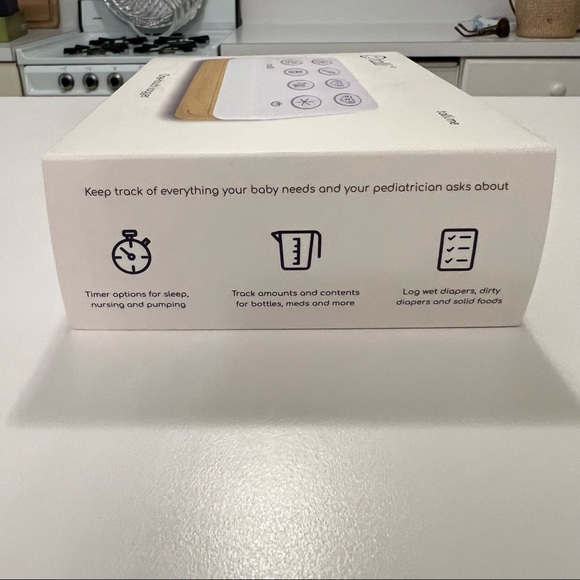

In 2019, researchers reported the discovery of air pollution particles on the foetal side of placentas, indicating that unborn babies are also exposed to the dirty air produced by motor traffic and fossil fuel burning. In October, scientists revealed that babies fed formula milk in plastic bottles are swallowing millions of particles a day.

Their effect in the body is unknown but scientists say there is an urgent need to assess the issue, particularly for infants. People are already known to consume the tiny particles via food and water, and to breathe them in. Microplastics pollution has reached every part of the planet, from the summit of Mount Everest to the deepest oceans. The particles were not found in placentas from two other women in the study, which may be the result of different physiology, diet or lifestyle, the scientists said. The potential effects of microplastics on foetuses include reduced foetal growth, they said. Further studies need to be performed to assess if the presence of microplastics may trigger immune responses or may lead to the release of toxic contaminants, resulting in harm.” In the study, published in the journal Environment International, the researchers concluded: “Due to the crucial role of placenta in supporting the foetus’s development and in acting as an interface with the external environment, the presence of potentially harmful plastic particles is a matter of great concern. “It is like having a cyborg baby: no longer composed only of human cells, but a mixture of biological and inorganic entities,” said Antonio Ragusa, director of obstetrics and gynaecology at the San Giovanni Calibita Fatebenefratelli hospital in Rome, and who led the study. The particles may have entered the babies’ bodies, but the researchers were unable to assess this. The microplastics were mostly 10 microns in size (0.01mm), meaning they are small enough to be carried in the bloodstream. All the particles analysed were plastics that had been dyed blue, red, orange or pink and may have originally come from packaging, paints or cosmetics and personal care products. Only about 4% of each placenta was analysed, however, suggesting the total number of microplastics was much higher. Microplastics were detected on both the foetal and maternal sides of the placenta and in the membrane within which the foetus develops.Ī dozen plastic particles were found. The particles were found in the placentas from four healthy women who had normal pregnancies and births.


 0 kommentar(er)
0 kommentar(er)
